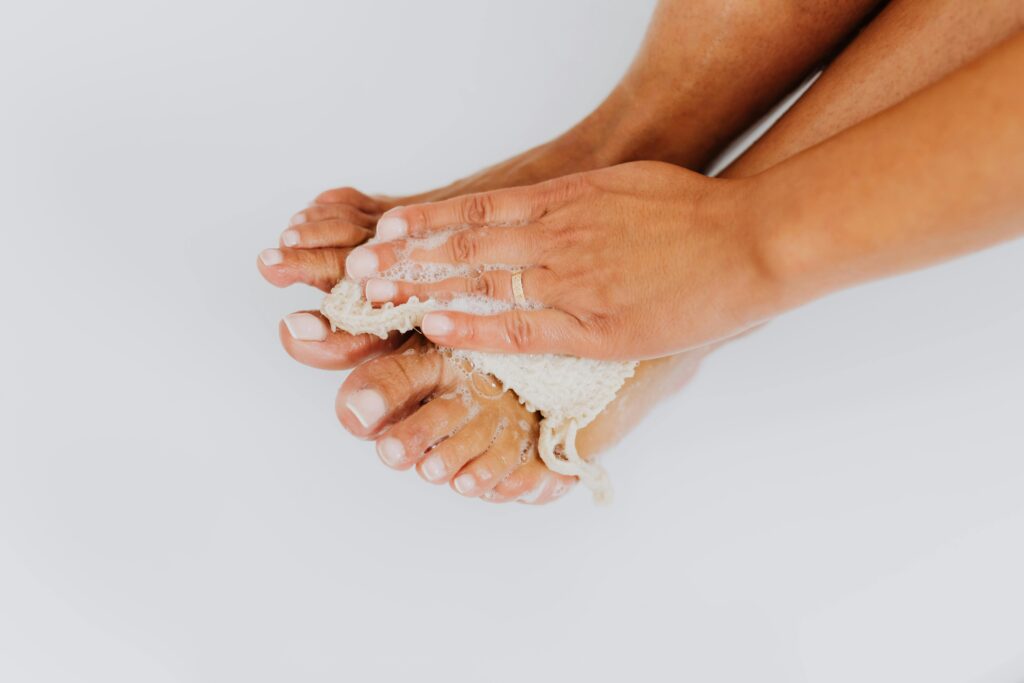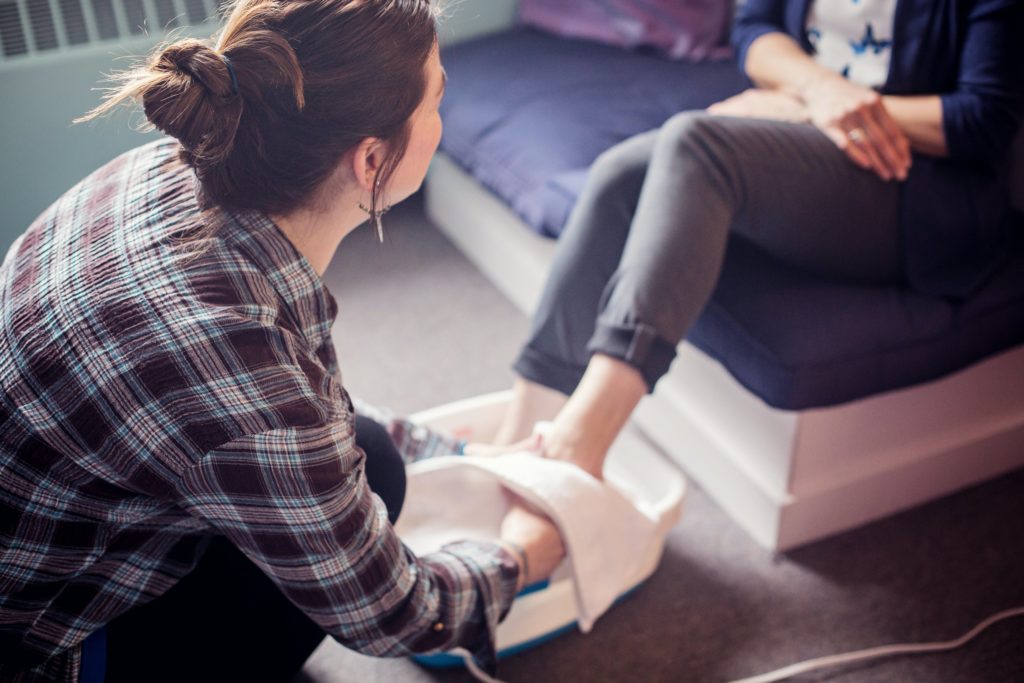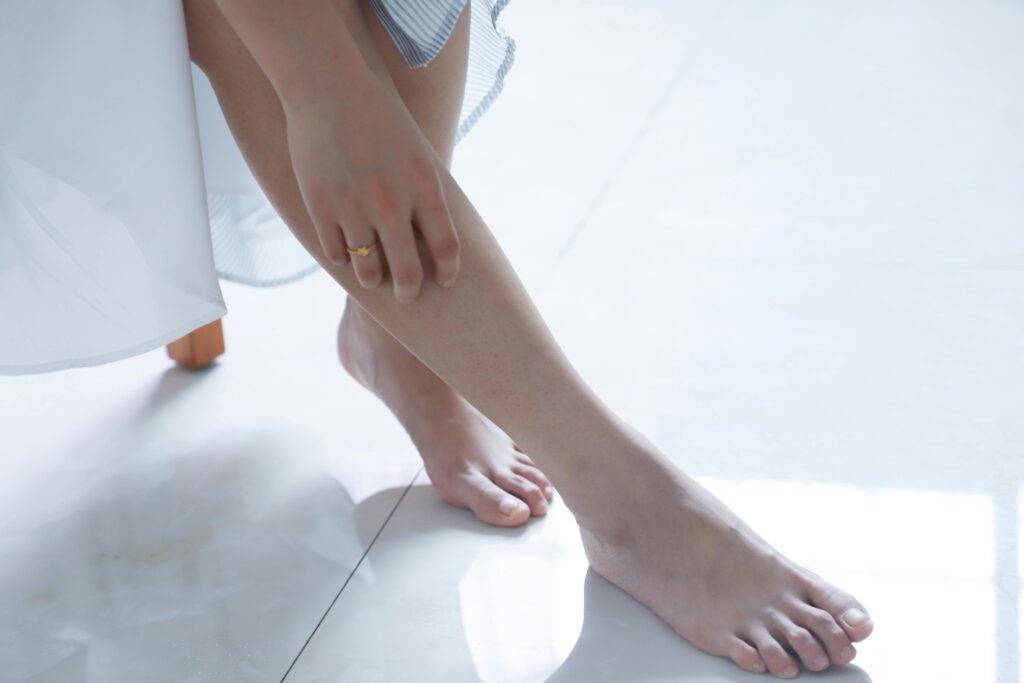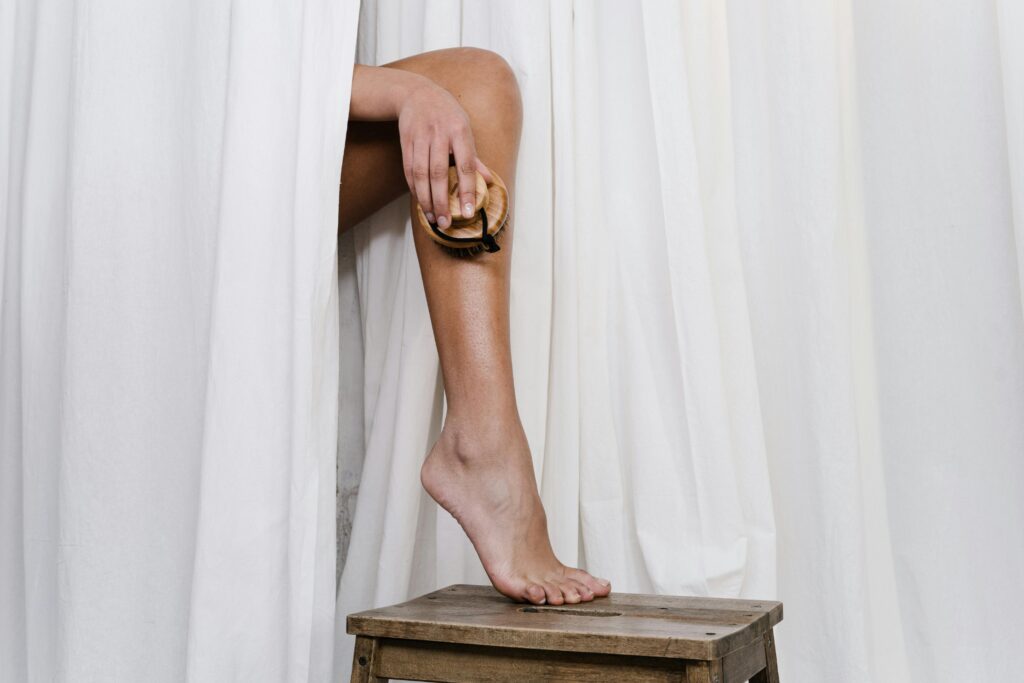For individuals living with diabetes, foot care is crucial. High blood sugar can lead to nerve damage, reduced circulation, and a higher risk of infections. These factors make foot health a top priority, as even minor injuries can result in serious complications. By consistently monitoring and caring for your feet, you can prevent long-term damage and maintain overall health. This article will explore practical ways to monitor foot health and prevent complications specifically for diabetics.
Why Foot Care is Critical for Diabetics
Foot issues are common in diabetics due to two main factors: nerve damage (neuropathy) and poor circulation. Neuropathy can cause a loss of feeling in the feet, meaning that injuries or sores may go unnoticed. Without proper blood flow, wounds heal slowly, increasing the risk of infection. For these reasons, people with diabetes need to be proactive in checking and caring for their feet.
Daily Monitoring of Foot Health
Daily monitoring is key to preventing serious foot complications. Here’s how to perform effective foot checks:
- Inspect your feet daily: Look for cuts, blisters, redness, swelling, or any signs of infection. Use a mirror to check the soles of your feet if necessary.
- Monitor any changes: If you notice any new spots, sores, or areas of numbness, take note and follow up with your healthcare provider.
- Check between your toes: This area is often neglected but can be prone to fungal infections. Make sure it is clean and dry after washing.
- Feel for temperature differences: Cold feet may indicate poor circulation, while excessively warm areas could be signs of an infection.
Making daily foot inspections part of your routine can help detect issues before they escalate.
Preventive Measures for Foot Health
In addition to daily monitoring, there are several preventive measures diabetics can take to protect their feet:
1. Wear Proper Footwear
Always wear well-fitting shoes that provide ample cushioning and support. Avoid tight shoes that can cause friction or restrict blood flow. Consider diabetic-friendly shoes or custom orthotics, which are designed to reduce pressure and prevent ulcers.
2. Moisturize Your Feet (But Not Between Toes)
Diabetics often suffer from dry skin, which can lead to cracks and infections. Regularly moisturize your feet to keep the skin soft, but avoid putting lotion between the toes, as this area can trap moisture and encourage fungal growth.
3. Trim Nails Carefully
Keep toenails trimmed straight across to prevent ingrown nails, which can become infected. If you struggle with trimming your nails due to neuropathy or poor eyesight, consider visiting a podiatrist.
4. Avoid Walking Barefoot
Walking barefoot, even indoors, increases the risk of cuts, injuries, or stepping on sharp objects. Always wear shoes or slippers to protect your feet from harm.
5. Control Blood Sugar Levels
Keeping blood sugar levels in check is one of the most important ways to prevent diabetic foot complications. High glucose levels damage nerves and blood vessels over time, so managing your diabetes is essential for foot health.
Warning Signs That Require Immediate Attention
Certain symptoms should not be ignored and warrant immediate medical attention:
- Open sores or ulcers: These can become infected quickly and need to be treated promptly.
- Persistent redness, swelling, or warmth: These signs may indicate an infection or circulation issue.
- Unhealed wounds: If a cut or blister does not heal within a few days, seek medical advice.
- Foul smell or pus: This could indicate a serious infection that requires urgent treatment.
Seeking help early can prevent minor issues from becoming severe complications.
Professional Foot Care for Diabetics
Regular visits to a podiatrist (foot specialist) are highly recommended for diabetics. Podiatrists can help with nail care, examine your feet for signs of complications, and provide advice on the best footwear. If necessary, they can prescribe treatments for infections or recommend special footwear.
Having a professional monitor your foot health ensures that any problems are detected early, lowering the risk of more serious conditions like foot ulcers or even amputation.
Conclusion
For diabetics, foot care is not optional—it’s essential. Consistently monitoring your feet, wearing the right footwear, and seeking professional help when needed can significantly reduce the risk of complications. By following these preventive measures and staying vigilant, you can keep your feet healthy and avoid the serious consequences that may arise from neglect.
FAQs
1. How often should diabetics check their feet?
Diabetics should inspect their feet daily for any signs of cuts, blisters, swelling, or infections. This daily routine helps catch problems early before they worsen.
2. What shoes should diabetics wear?
Diabetics should wear well-fitting shoes that provide good support and cushioning. Diabetic-friendly shoes or custom orthotics can help reduce pressure and prevent foot injuries.
3. Why is it important to control blood sugar for foot health?
High blood sugar damages the nerves and blood vessels in the feet, increasing the risk of infections and poor circulation. Keeping blood sugar in control helps protect foot health.
4. Can I trim my toenails myself as a diabetic?
Yes, but be careful. Trim toenails straight across and avoid cutting too short to prevent ingrown nails. If you’re unsure or struggle with nail care, it’s best to see a podiatrist.
5. What are the signs of a diabetic foot infection?
Signs of an infection include redness, swelling, warmth, foul smell, and discharge (pus) from a sore. If you notice any of these symptoms, seek medical attention immediately.



